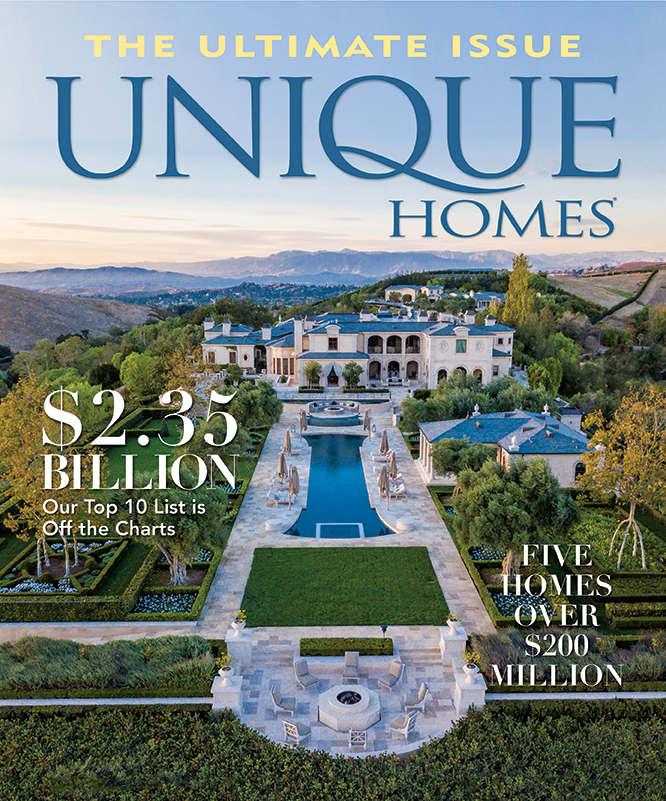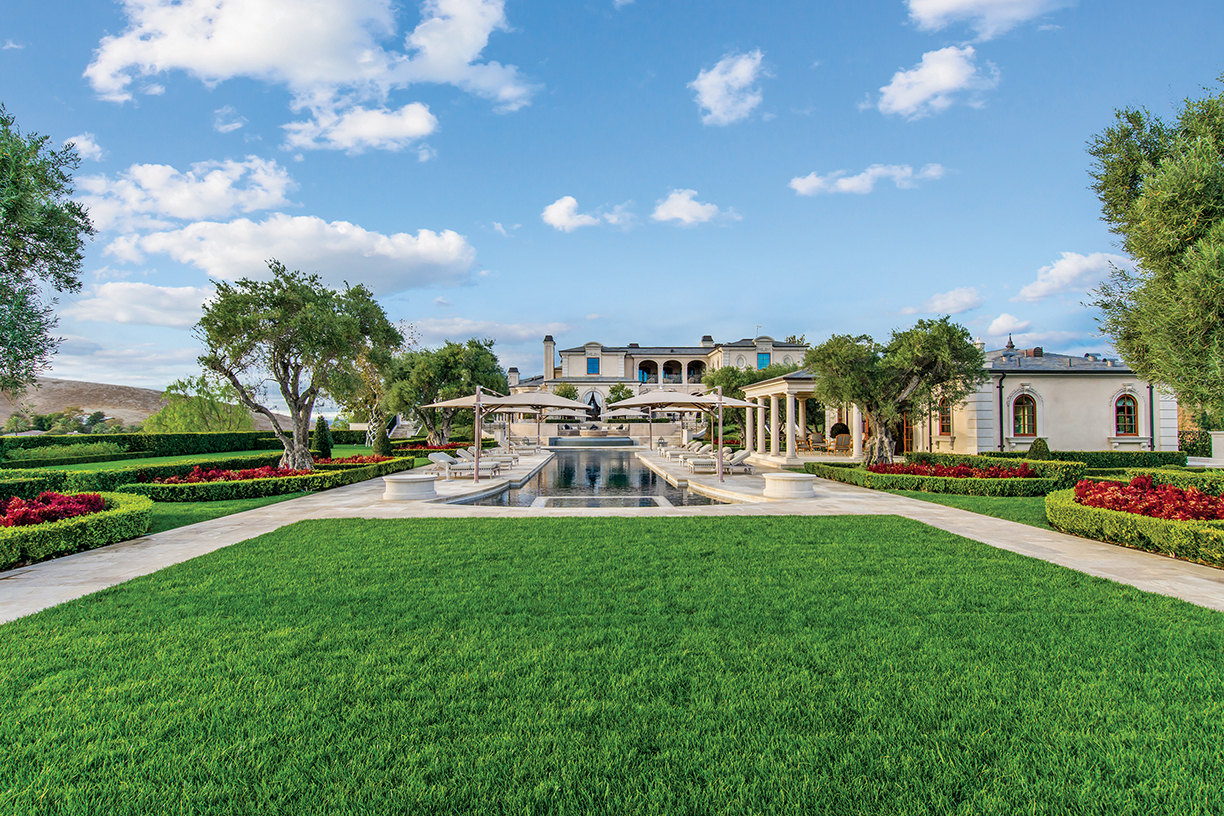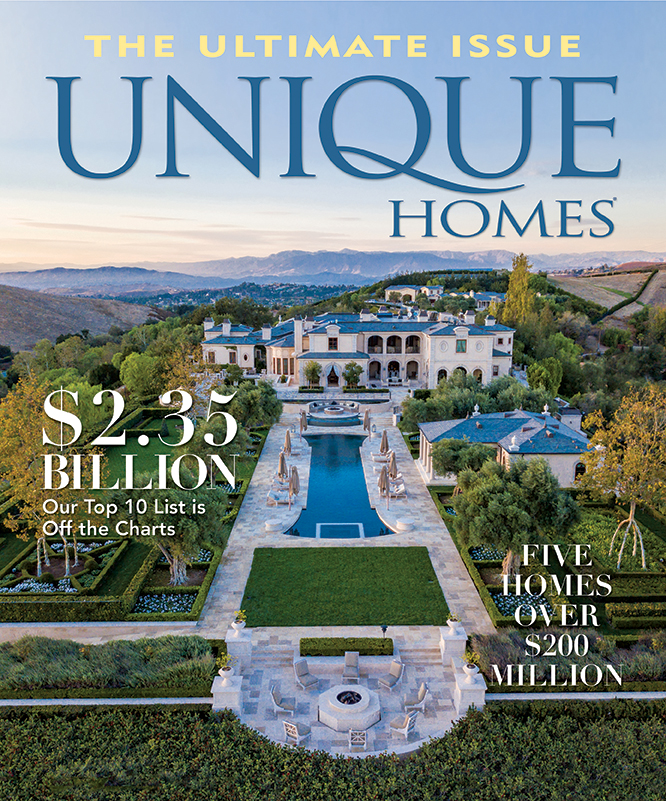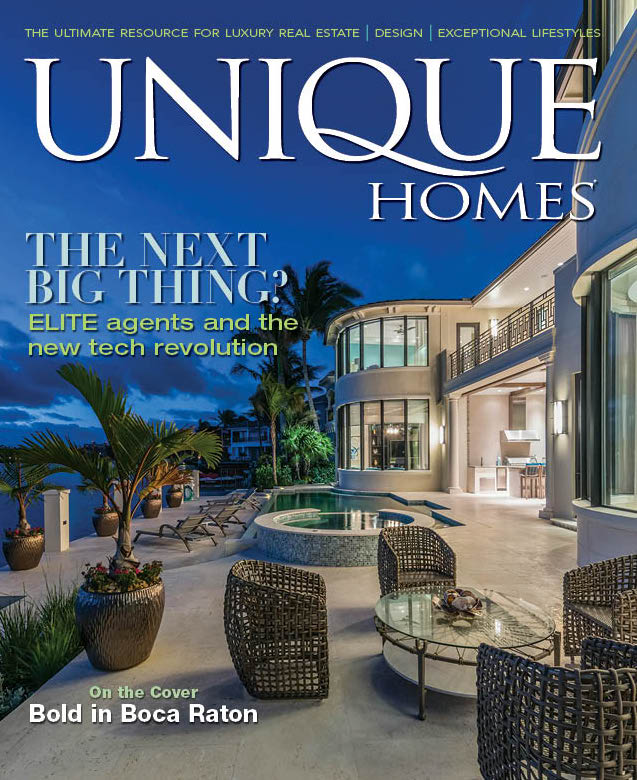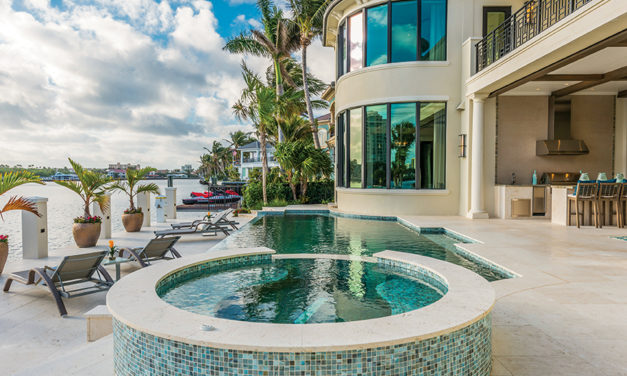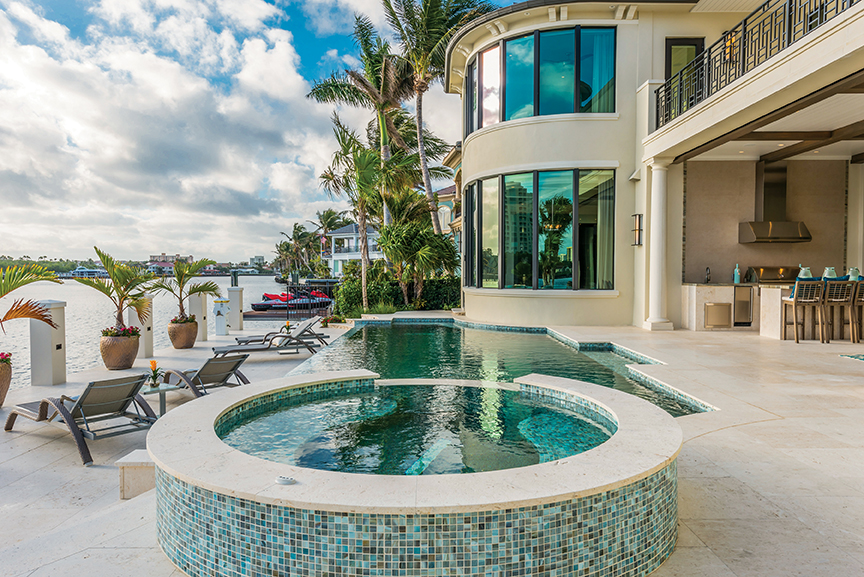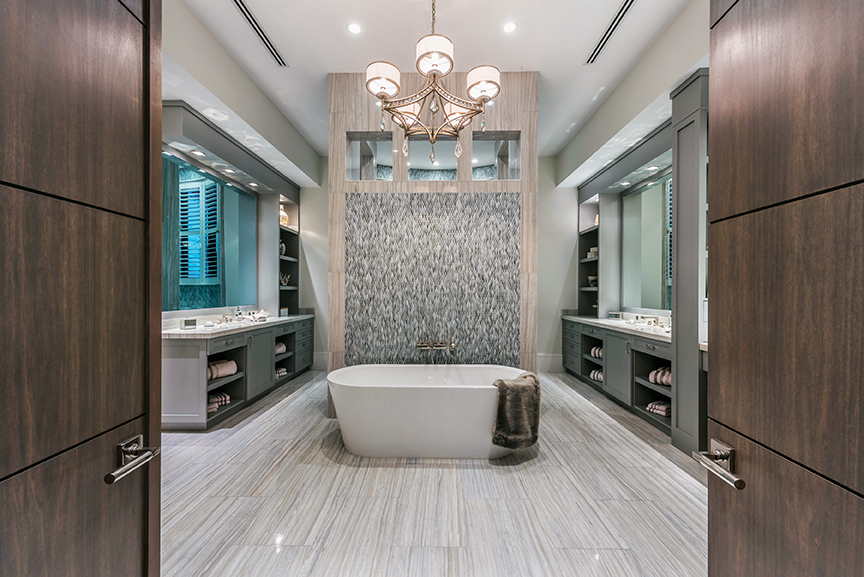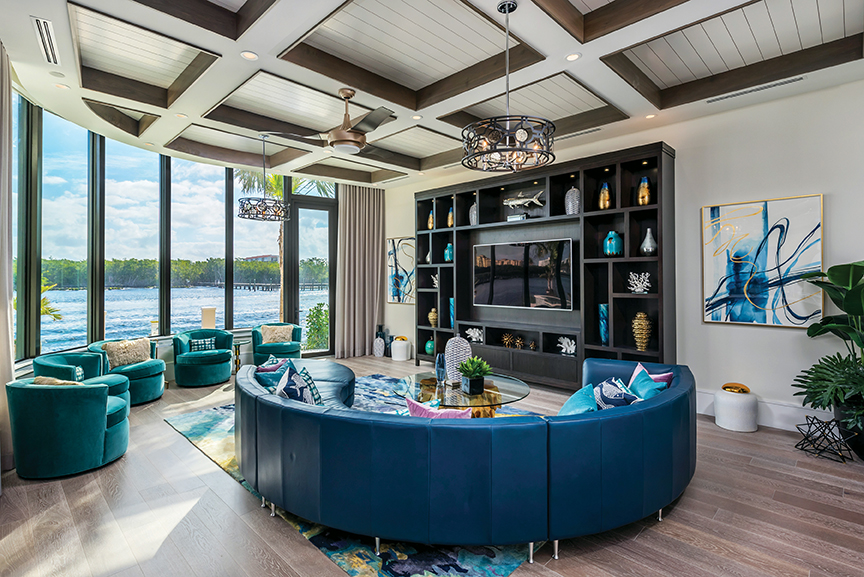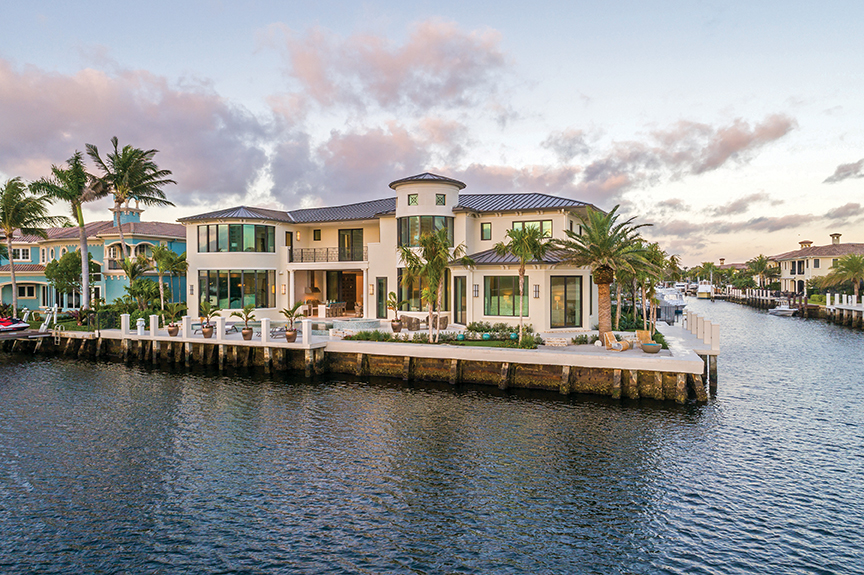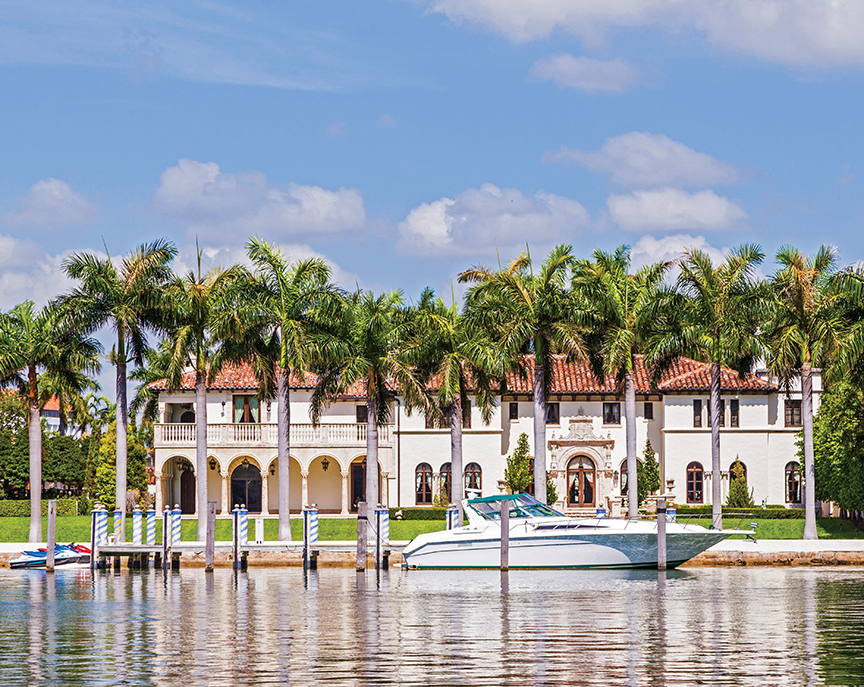Generational differences drive so many societal changes, yet overgeneralizations about the wants and needs of large portions of the population can lead to costly misconceptions. One well-respected researcher is trying to unravel myth from reality.
The new year is prime time for real estate forecasts and most experts look to the economy, stock market performance, job growth, the cost of labor and materials for insights into the future. Population trends figure into these recipes, but some experts contend the key to understanding what’s ahead for real estate lies in an in-depth analysis of changes in generations decade by decade.
“Sweeping demographic and generation shifts are quickly transforming America,” says John Burns in the introduction to Big Shifts Ahead, which takes a deep dive into generations and how they influence real estate. “Every individual and business feels the impact of government policies, the sharing economy, new technologies and rapidly changing societal norms. Many of the shifts make life better for some and worse for others. Those who understand and plan for the big shifts ahead better than others will win,” says Burns, whose research also contributed to a report from the Urban Land Institute (ULI), Demographic Strategies for Real Estate. From the growth of suburban communities that combine the most-desired features of urban settings with a small-town vibe, to the rise in demand for rentals, many of the trends Burns foresees are already at play, while others are just beginning to gain momentum.

For the last 12 months or more, Burns, CEO of an eponymous real estate consulting firm, and Chris Porter, his co-author and the firm’s chief demographer, have been on the road speaking at dozens of events including ULI conferences, spreading what could be considered the new gospel of generational understanding. The duo initially laid out their findings in Big Shifts Ahead, which was published a year ago.
Traditional demographic categories span an entire generation, a period that can be as long as 20 years or more.
However, such groupings do not always accurately reflect the behavior and attitudes across the entire spectrum of ages in a generation, as happened with a number of projections of Millennial behavior regarding homeownership and real estate. Burns points out that a 17-year-old high school senior has little in common with a 33-year-old father, even though by traditional classifications both are considered Millennials. Instead of continuing their early pattern of gravitating only to urban centers, as Millennials age, marry and have children, they are moving to more suburban settings.


Consider Gen X born from 1965 to 1983. In 2015, this group was 32 to 50 years old. Burns says the early members of Gen X purchased homes in the 1990s, while later members purchased in the mid-2000s and suffered more foreclosures than any other group through the Great Recession.
Instead of broad categories spanning an entire generation, Burns groups the U.S. population by decade born and profiles how the behavior of each cohort changes over time in response to outside forces. There is a surprising consistency to this method since the number of people born during each decade ranges from 40 million to 44 million. Even though population growth slowed by 8 million in the late 1960s and early 1970s, immigration compensated for the shortfall.
The economy affects jobs and the ability to buy a home, but a good or bad economy also leaves a deeper imprint. Burns says the growth of the economy during childhood and early adulthood determines lifetime spending habits. Net worth varies by decade. The group born in the 1950s is heading into retirement with $18 trillion, the most of any generation, according to Burns, who dubs this group the Innovators, because they led a technology revolution and started new companies at a pace that is still not matched, boosting productivity and longevity.

From mass production of cars to medical innovation to smartphones, technology also shapes generations, playing into where they live, the size of families, and the ways in which they connect with others. He calls those born in the 1990s the Connectors since they led 24/7 wireless connectivity.
At every level — federal, state, local — government has and continues to influence trends related to development and housing. After World War II, the GI Bill encouraged homeownership, and the federal push to develop interstate highways spurred suburban development. State tax and development policies to some extent determine where people live. In recent years, low state taxes have been one of several catalysts shifting the population toward the south. “Approximately 42 percent of America lives in Southern states, but 60 percent of the growth is going on there,” observes Burns.
This year, changes in federal tax law are eliciting greater scrutiny on ways in which policy changes might affect why and where people relocate, decisions on where to retire as well second and primary home purchases.
Since the recession, the level of homeownership has fallen, and Burns forecasts the rate of homeownership will fall to 60.8 percent by 2025, noting that anecdotal feedback suggests the homeownership decline could go even lower. He cites several patterns that will continue to put a damper on home buying. One he likens to a return to a version of boarding houses at the turn of the 20th century.
“Inspired by Airbnb, a number of homeowners have told me they are bringing unrelated housemates as a source of income and not just for short-term stays. Homeowners and renters are meeting online. Mature homeowners need the income, and young adults need lower rent. While this is a great market-based solution to an affordable housing pattern, it has slowed household formations.”
More people — not just potential first-time buyers — are renting. Approximately 12 percent of Americans now rent a home, which Burns says is a “game changer.” Another shift, “renting from older Americans has surged in the last 12 years.”

Some want to try out a new location or environment; others need the cash. Some don’t use the mortgage interest deduction.
Also making renting an appealing option is the change in what’s available for rent. Many new multifamily buildings are more upscale with high-end finishes and a range of amenities. A cadre of new companies focus on creating newly constructed single-family homes specifically for the rental market, and it’s turning into a profitable business. Burns says, “several companies have shared that the yields in some markets are excellent. These builders and operators tend to have a long-term view toward building a steady, asset-based cash flow stream.”
Most experts anticipate that autonomous driving (driverless cars) will change where people live, and planners are already taking this into account. Some speculate that suburbs located farther from urban centers and jobs, which are typically more affordable, may be in demand again as commute time can be better utilized. Burns also suggests driverless cars will change attitudes regarding aging in place. He expects demand for assisted living centers will grow less than people think. Already, builders report an uptick in the number of individuals investing in renovations, so they can stay in their homes as they age.
The amenities that create status are being revised. Says Burns, “Experiences are the new brag,” which means a home’s walkability score or locations near activities might create value. “The best house is more likely to be near great things to do rather than a large home with a large yard,” he adds.
In terms of the long-term impact of some changes, Burns still has a lot of questions. For example, women now earn 58 percent of college degrees, compared to only 42 percent of degrees in 1972 when Title IX was passed. “Both men and women have a difficult time making sense of how this will change society,” he says.
If you are not familiar with the term surban™, it might be time to add it to your real estate vocabulary. Burns trademarked the term, and it is popping up in a number of conversations in the industry. Surban refers new areas that mix urban and suburban, often offering smaller homes with little or no yards in high population areas. Entertainment, restaurants, shopping are all nearby and walkable.
Expect to see more development shift toward the suburbs, including surban areas. Burns projects the suburbs will capture 79 percent of household growth over the next 10 years and urban growth to capture 15 percent.
The impact of the Connectors and Globals is yet to be realized, and it will be interesting to see the changes they bring to the way we live.

Photos courtesy of iStockPhoto.com



